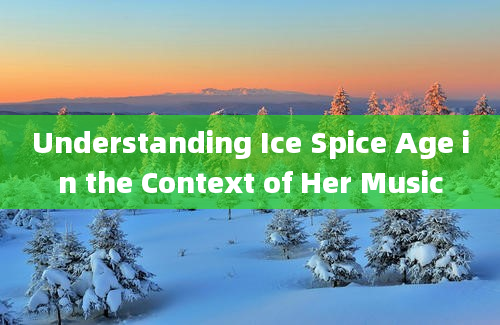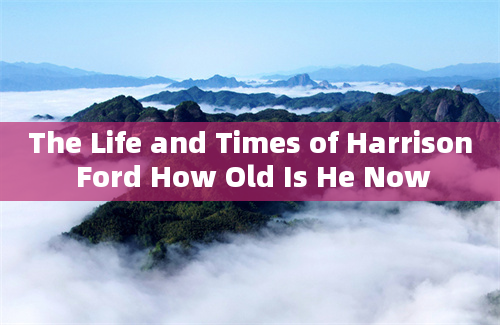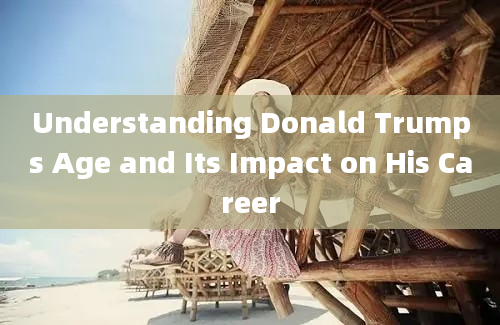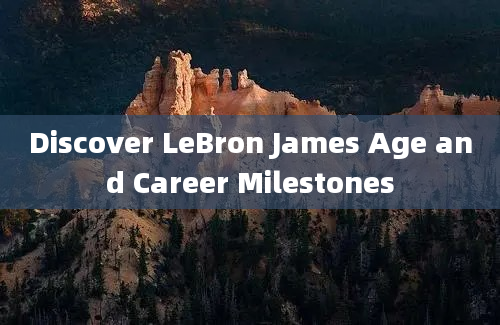Exploring the Earth's Age: The Methods Behind Geological Dating
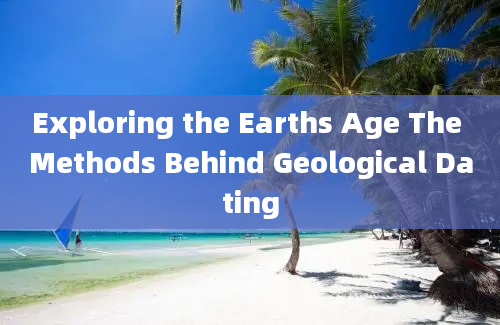
Determining the age of the Earth is a fascinating endeavor that has intrigued scientists for centuries. Through various geological dating methods, researchers have been able to piece together the Earth's chronological history. This article delves into the primary techniques used in geological dating, their principles, and their significance in understanding our planet's age.
Radiometric Dating
Radiometric dating is one of the most widely used and reliable methods for determining the age of rocks and minerals. This technique is based on the decay of radioactive isotopes within the minerals. The principle is straightforward: radioactive isotopes decay at a known, constant rate, known as the halflife. By measuring the ratio of the parent isotope to the daughter product, scientists can calculate the age of the sample.
UraniumLead Dating
Uraniumlead (UPb) dating is particularly useful for dating ancient rocks. Uranium isotopes (U238 and U235) decay to lead isotopes (Pb206 and Pb207) with halflives of about 4.5 billion years. This method has been instrumental in determining the age of the Earth, with the oldest known rocks being approximately 4.4 billion years old.
Source: [U.S. Geological Survey (USGS) UraniumLead Dating](https://www.usgs.gov/faqs/whaturaniumleaddatingandhowdoesitwork)
PotassiumArgon Dating
Potassiumargon (KAr) dating is another crucial method, especially for volcanic rocks. Potassium40 decays to argon40 with a halflife of 1.25 billion years. This method is valuable for dating rocks that are millions to billions of years old.
Source: [British Geological Survey (BGS) PotassiumArgon Dating](https://www.bgs.ac.uk/discoveringgeology/time/ datingmethods/potassiumargondating)
Relative Dating
Relative dating methods do not provide an exact age but rather determine the order of events and the relative age of rocks compared to others. These methods are essential for constructing the geological time scale.
Stratigraphy
Stratigraphy involves studying the layers of rock (strata) and their relationships. The principle of superposition states that in an undisturbed sequence of rocks, the oldest layers are at the bottom, and the youngest are at the top.
Source: [Smithsonian Institution Principles of Stratigraphy](https://naturalhistory.si.edu/education/teachingresources/stratigraphy)
Fossil Dating
Fossil dating, or biostratigraphy, uses the distribution of fossils to correlate and date rock layers. Certain fossils, known as index fossils, are particularly useful because they are widespread and existed for a relatively short geological time.
Source: [University of California Museum of Paleontology Biostratigraphy](https://ucmp.berkeley.edu/exhibits/history/biostrat.html)
Other Methods
Thermoluminescence Dating
Thermoluminescence (TL) dating is used for dating ceramics and burnt stones. It measures the amount of trapped electrons accumulated in the material since it was last heated.
Source: [Oxford University Thermoluminescence Dating](https://www.oxfordradiocarbon.com/thermoluminescence)
dendrochronology
Dendrochronology, or treering dating, is used to date wooden objects and reconstruct past climate conditions. Each tree ring represents one year of growth, and by matching patterns of wide and narrow rings, scientists can date the wood accurately.
Source: [University of Arizona Laboratory of TreeRing Research](https://ltrr.arizona.edu/research/dendrochronology)
FAQs on Geological Dating
1. Q: What is radiometric dating?
A: Radiometric dating is a method used to determine the age of rocks and minerals by measuring the decay of radioactive isotopes within them. It relies on the known halflives of these isotopes to calculate the time elapsed since the rock formed.
2. Q: How does uraniumlead dating work?
A: Uraniumlead dating measures the ratio of uranium isotopes to their lead decay products. Uranium238 and Uranium235 decay to lead206 and lead207, respectively, with long halflives, making this method suitable for dating ancient rocks.
3. Q: What is potassiumargon dating used for?
A: Potassiumargon dating is used to date volcanic rocks. It measures the decay of potassium40 to argon40, with a halflife of 1.25 billion years, providing ages for rocks that are millions to billions of years old.
4. Q: What is stratigraphy in geological dating?
A: Stratigraphy is the study of rock layers (strata) and their order. The principle of superposition helps determine the relative ages of rocks, with older layers found below younger ones.
5. Q: How do fossils help in dating rocks?
A: Fossils, particularly index fossils, help in dating rocks through biostratigraphy. By correlating the presence of specific fossils in different rock layers, scientists can determine the relative ages of those layers.
6. Q: What is thermoluminescence dating?
A: Thermoluminescence dating measures the trapped electrons in materials like ceramics and burnt stones. The amount of light emitted when the material is heated indicates how long it has been since it was last heated.
7. Q: How accurate is dendrochronology?
A: Dendrochronology, or treering dating, is highly accurate for dating wooden objects. Each tree ring represents one year, and by matching ring patterns, scientists can date the wood precisely.
8. Q: Why is radiometric dating considered reliable?
A: Radiometric dating is considered reliable because it is based on the predictable and constant rates of radioactive decay. The halflives of isotopes are wellestablished, providing a solid foundation for age calculations.
9. Q: Can geological dating methods be used for dating organic materials?
A: Yes, certain geological dating methods, like radiocarbon dating, can be used for organic materials. Radiocarbon dating measures the decay of carbon14 in organic remains, providing ages up to about 50,000 years.
10. Q: How do scientists ensure the accuracy of geological dating methods?
A: Scientists ensure the accuracy of geological dating methods by using multiple independent techniques to crosscheck results. Additionally, they calibrate methods using materials of known ages and continuously refine their techniques based on new research and data.
By understanding these methods, we gain profound insights into the Earth's history, allowing us to piece together the complex narrative of our planet's evolution.



